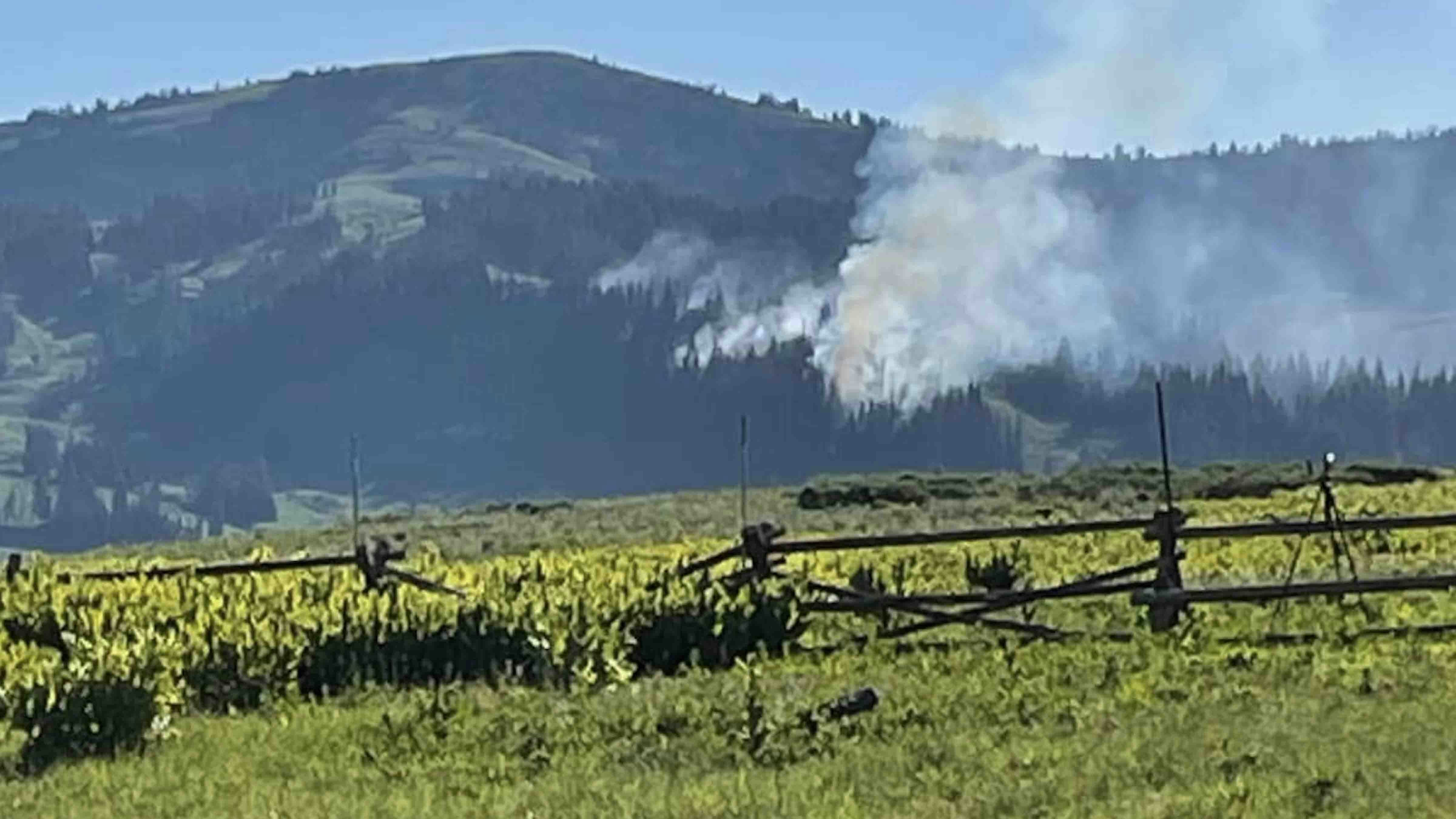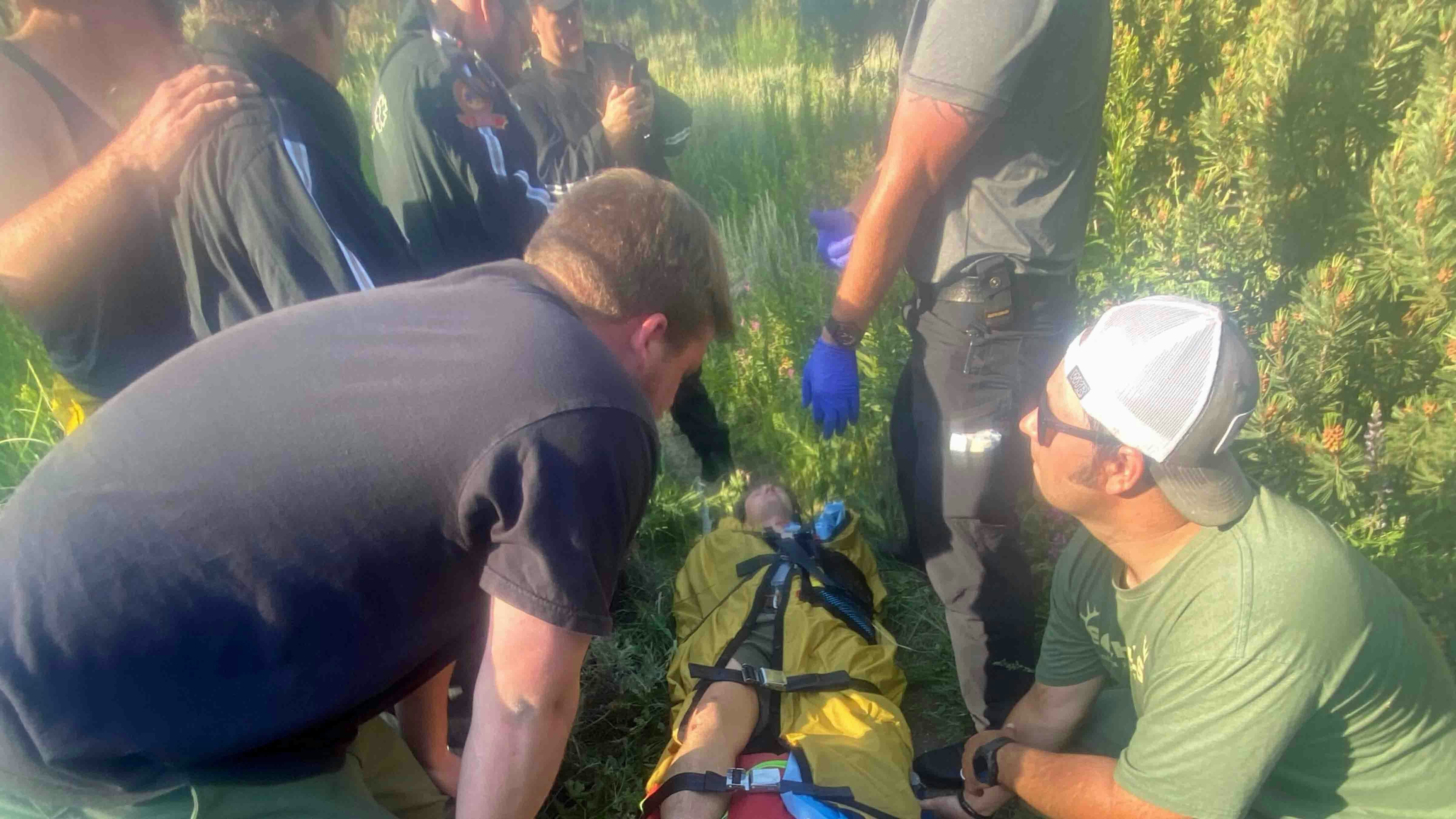After trekking untold thousands of miles back and forth across Wyoming on record-setting migrations and gaining worldwide fame, Deer 255 has died, meeting her end in the Red Desert, likely taken down by a mountain lion, the Wyoming Migration Initiative reports.
Deer 255, a mule deer doe, was just shy of 11 years old, a remarkably advanced age for her species in the wild.
She was known mostly for her epic journeys, averaging about 200 miles each way as she migrated between her usual summer range in Jackson Hole and her winter range near Superior in the Red Desert.
Her longest recorded trek was 242 miles.
For much of her life, Deer 255 was outfitted with tracking collars so researchers could track her movements and gain insights on the challenges faced by Wyoming’s treasured mule deer herds.
“Through her migrations, this deer really showed us what an incredible wild landscape we still have here in Wyoming. I hope that by telling her story, folks can have a greater appreciation for these wild animals that we share the state with,” Gregory Nickerson, a writer and filmmaker for the Wyoming Migration Initiative, told Cowboy State Daily.
Likely Killed By A Mountain Lion
Deer 255’s collar started giving of a “mortality signal” at about noon April 11, three days into her spring migration, said Nickerson.
He and another researcher tracked the signal to Deer 255’s carcass about a day and half later.
“We got up there at about 10:30 at night. It was calm and peaceful and nobody else up there but us,” he said.
It was evident that Deer 255 likely been killed by a predator, probably a mountain lion, he said.
“It was on a hillside, and there was a bunch of approaches where it (a mountain lion) could have been just over the lip of the hill and hiding out,” he said.
They left the carcass as it was and set up a motion-sensing camera at the site. The camera didn’t catch any images of a mountain lion, but other creatures appeared.
“A golden eagle came, as well as a mouse, ground squirrel and magpie,” Nickerson said, adding that Deer 255’s end, and her carcass being recycled into nature, is fitting.
“It’s kind of cool to think she was born in Idaho or Jackson Hole, way up north. And she lived a long life and did what she wanted to. And then in the end she was able return some nutrients to the Red Desert,” Nickerson said.

She Was A Wise One
Mule deer rarely live past age 9 or so in the wild, but Deer 255 was still in good, healthy shape as of March, Nickerson said.
She was unusually large, about 170 pounds. Most mule deer does weigh in at about 140.
She also was quite savvy, Nickerson said, and was notably alert and difficult to sneak up on.
“She probably avoided a ton of predators in her life” up until one finally got her, he said.
She also beat the odds against other forces of nature that put many Wyoming deer into early graves. She avoided chronic wasting disease, which is 100 % fatal and deer.
She also pulled through the brutal winter of 2022-2023, which killed tens of thousands of Wyoming deer.
Deer 255 also passed down her superior genes. She gave birth to six sets of twin fawns and one single fawn that researchers know of, Nickerson said. She might have had other fawns that weren’t documented.
“She lived a long life. She did her job as a momma and she did a really good job of it,” Nickerson said.

Nothing Sad Here
Deer 255 was born in June 2013. She was so named because she was the 55th deer captured during the second year of an ongoing study of several Wyoming mule deer herds.
Researchers frequently posted animated maps of her journeys online, along with some footage taken through video cameras mounted on some of her tracking collars.
That gained here a wide fan base across the country and the world. And although humans might project their own emotions of loss and sadness upon news of her death, Deer 255’s end was just a normal part of the cycle of nature, Nickerson said.
“Every deer dies at some point, and there’s lots of different ways it can happen. It’s hard to be a prey animal,” he said.
Mark Heinz can be reached at mark@cowboystatedaily.com.





